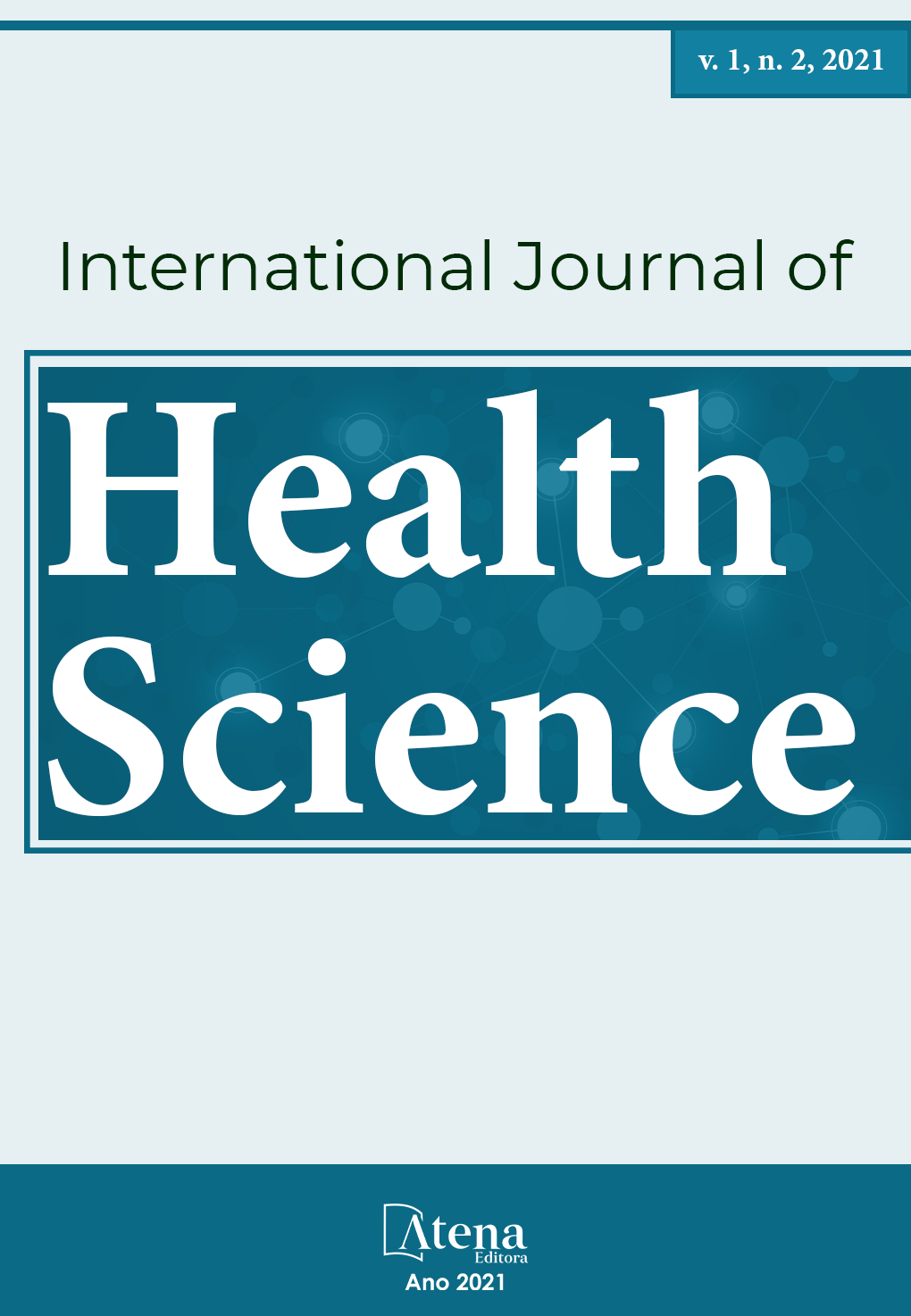
BETANIN, MORE THAN A FOOD COLORANT
Betalains are natural pigments found in approximately 17 families of vegetables of the order Caryophyllales, such as beet, and some basidiomycete fungi. In addition to finding application as a colorant in the food industry, interest in the biological activity of betalains and its use as a functional food for health promotion and disease prevention has grown in recent years. “Red beet” (INS 162) is a colorant allowed for use in food in Brazil and its main component is a betalain called betanin. Betalains have significant antioxidant properties through the direct elimination of free radicals and in the restoration of the balance of redox processes in the body. Recent results show that such properties may be related, in part, to the effect of betanin in the signaling pathways that mediate the transcription of antioxidant genes such as the Nrf2-Keap1 pathway and the NF-kB pathway, responsible for triggering the inflammatory response. In this work, significant results are presented that demonstrate the great potential for the inclusion of betalains, especially betanin, in processed foods due to its complementary role in the treatment of various clinical pathologies associated with oxidative stress and inflammation.
BETANIN, MORE THAN A FOOD COLORANT
-
DOI: 10.22533/at.ed.1592115105
-
Palavras-chave: Beet, Betalains, Antioxidants, Oxidative Stress, Inflammation, Obesity.
-
Keywords: Beet, Betalains, Antioxidants, Oxidative Stress, Inflammation.
-
Abstract:
Betalains are natural pigments found in approximately 17 families of vegetables of the order Caryophyllales, such as beet, and some basidiomycete fungi. In addition to finding application as a colorant in the food industry, interest in the biological activity of betalains and its use as a functional food for health promotion and disease prevention has grown in recent years. Beet red (INS 162) is a colorant allowed for use in food in Brazil and its main component is a betalain called betanin. Betalains have significant antioxidant properties through the direct elimination of free radicals and in the restoration of the balance of redox processes in the body. Recent results show that such properties may be related, in part, to the effect of betanin in the signaling pathways that mediate the transcription of antioxidant genes such as the Nrf2-Keap1 pathway and the NF-kB pathway, responsible for triggering the inflammatory response. In this work, significant results are presented that demonstrate the great potential for the inclusion of betalains, especially betanin, in processed foods due to its complementary role in the therapeutic treatment of a variety of clinical pathologies associated with oxidative stress and inflammation.
-
Número de páginas: 12
- Rogerio Corte Sassonia


